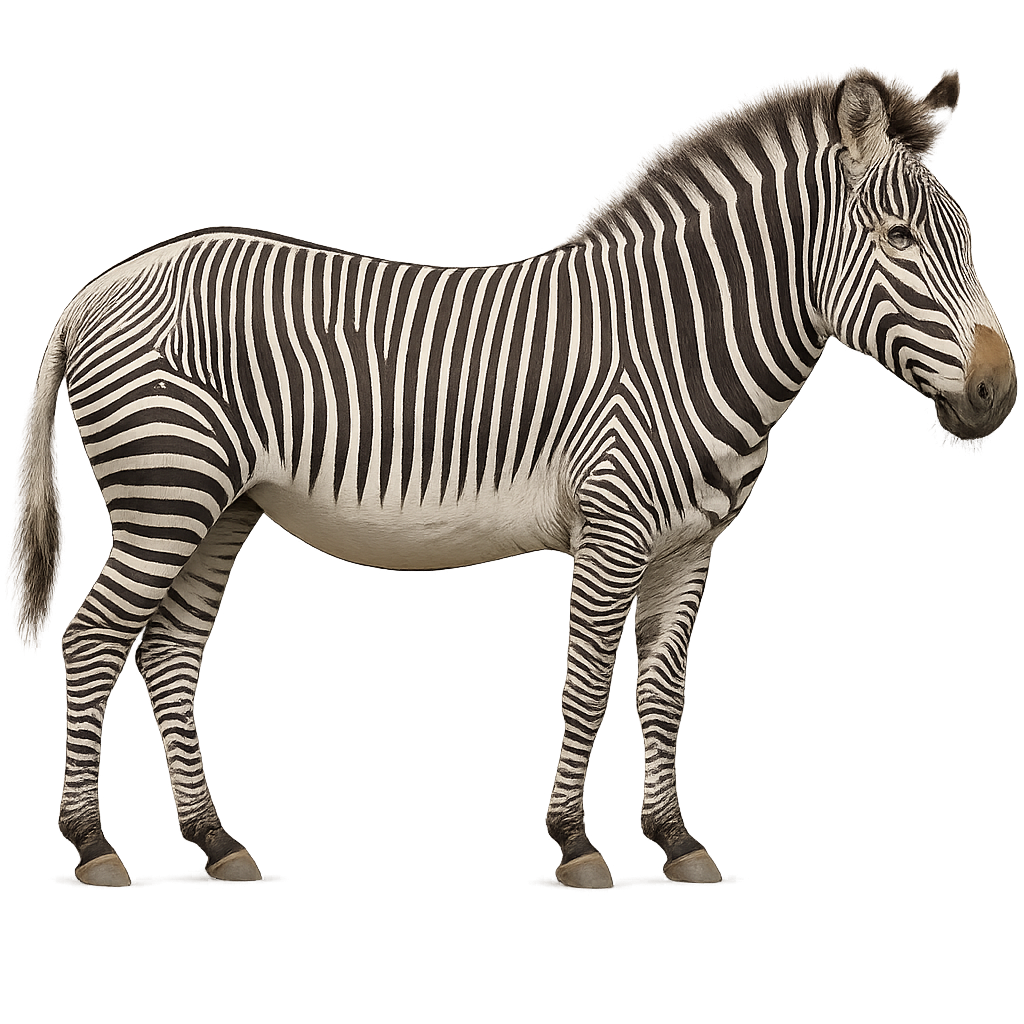Your wildlife photography guide.
Explore the grevy's zebra in detail, study its behavior, prepare your shots.
Where to observe and photograph the grevy's zebra in the wild
Learn where and when to spot the grevy's zebra in the wild, how to identify the species based on distinctive features, and what natural environments it inhabits. The WildlifePhotographer app offers tailored photography tips that reflect the grevy's zebra’s behavior, helping you capture better wildlife images. Explore the full species profile for key information including description, habitat, active periods, and approach techniques.
Grevy’s Zebra
Scientific name: Equus grevyi

IUCN Status: Endangered
Family: EQUIDAE
Group: Mammals
Sensitivity to human approach: Suspicious
Minimum approach distance: 70 m
Rut period: August to October
Gestation: 390-400 jours
Births: August to December
Habitat:
Arid savannas, dry steppes
Activity period :
Primarily active during the day, with peak activity in the morning and late afternoon.
Identification and description:
The Grevy's Zebra is a species of zebra found primarily in the savannas and grasslands of East Africa, notably in Ethiopia and Kenya. It typically measures about 2.5 meters in length, with a shoulder height of 1.5 to 1.6 meters, and weighs between 350 and 450 kg. Its coat is characterized by narrow and tightly spaced stripes, which are generally finer than those of other zebras. It has a longer and narrower head compared to other zebra species, with long, pointed ears. The Grevy's Zebra primarily feeds on grasses and vegetation, and lives in complex social groups, often led by a dominant mare. Although its population is declining due to habitat loss and poaching, it is protected by conservation programs in some areas.
Recommended lens:
300 mm – adjust based on distance, desired framing (portrait or habitat), and approach conditions.
Photography tips:
Approach slowly and discreetly, using a telephoto lens to avoid disturbing the Grevy's zebra, a rather reactive animal that may quickly move away if you get too close.
Photograph early in the morning or late in the afternoon, when the light is soft and the zebra is more active, often grazing or moving through the savannahs and plains.
Capture moments of natural behavior: The Grevy's zebra is often seen grazing or moving in groups, providing beautiful opportunities for group shots or dynamic portraits.
Be patient and respectful: Grevy's zebras may be a bit more distant and wary than other species, so wait for moments when they are more visible without disturbing their natural behavior.
The Grevy's zebra is a vulnerable species, mainly due to habitat loss, hunting, and competition with livestock. It is important to respect its natural space and not disturb its social or feeding behaviors. Follow local conservation rules to protect this species.
The WildlifePhotographer App is coming soon!
Be the first to explore the best nature spots, track rutting seasons, log your observations, and observe more wildlife.
Already 1 430 wildlife lovers subscribed worldwide

